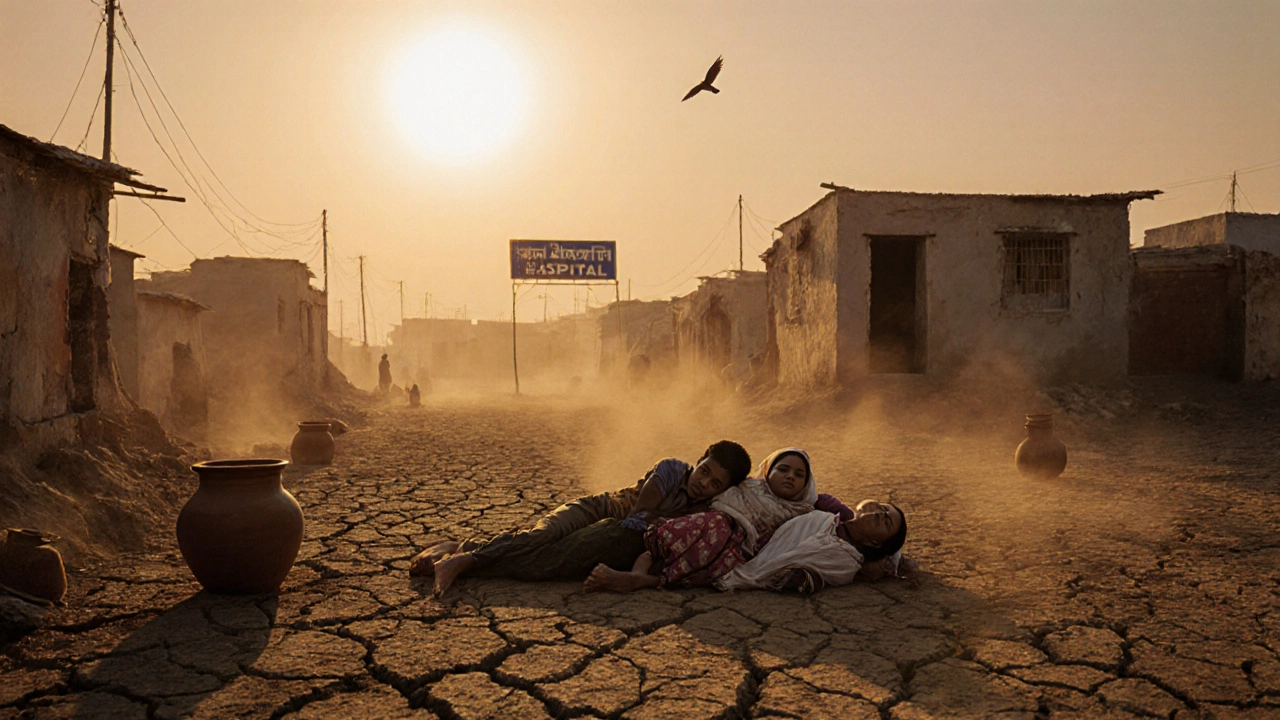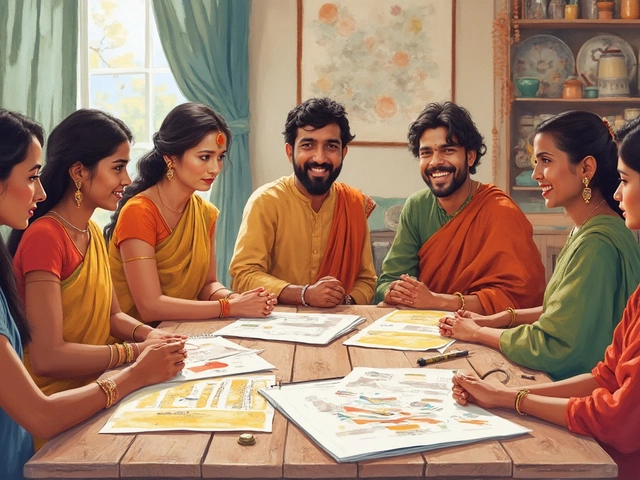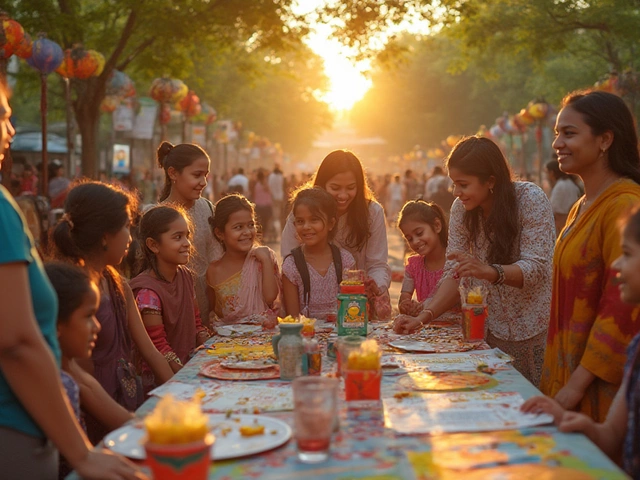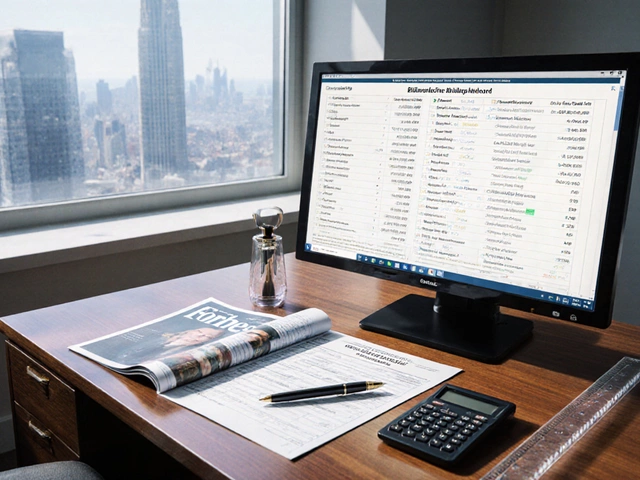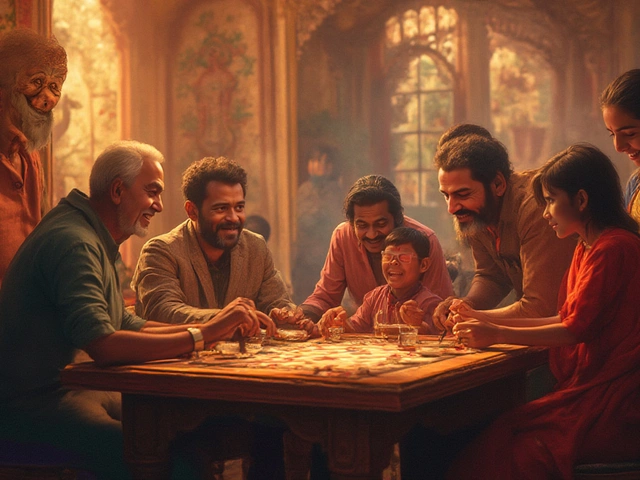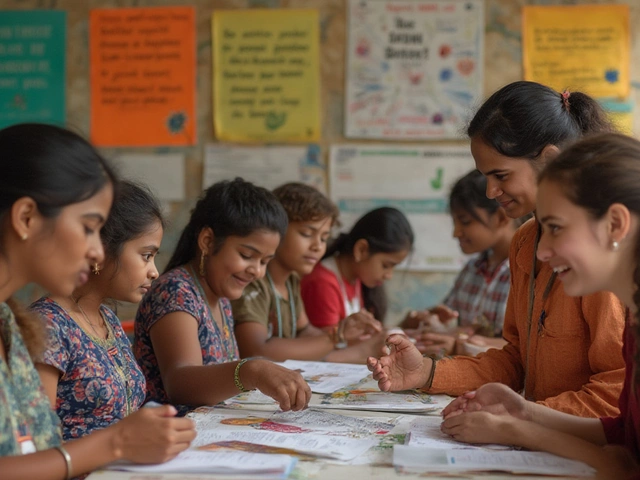Climate Impact Calculator
Your Climate Impact
Calculate your personal contribution to climate change and survival risks
Climate Impact Summary
Enter your data to see your climate impact and survival risks
What Your Impact Means
Heat Deaths
Annual risk
Food Security
Risk level
Water Stress
Risk level
Key Climate Risks
Based on article data: Climate change causes over 50,000 annual deaths from heat, floods, and food shortages. Extreme heat killed 60,000 in Europe in 2023 alone.
When people think of the deadliest threat to humans, they often picture war, pandemics, or nuclear bombs. But none of those have killed more people over the last 50 years than one quiet, creeping force: climate change. It doesn’t explode. It doesn’t spread in headlines. It just slowly makes the air hotter, the oceans saltier, and the food supply less reliable-until the damage becomes impossible to ignore.
Climate change isn’t just about rising temperatures
Most people think of climate change as hotter summers and melting glaciers. That’s only the start. The real danger is the chain reaction it triggers. In 2023, extreme heat killed over 60,000 people in Europe alone, according to the European Environment Agency. That’s more than the total deaths from all car accidents in the EU that year. And it’s not just Europe. In India and Pakistan, temperatures hit 50°C in 2022. Hospitals ran out of ice. People collapsed on sidewalks. The elderly, children, and outdoor workers had nowhere to hide.
But heat isn’t the only killer. Warmer oceans mean more intense storms. In 2024, Typhoon Yolanda-level systems hit the Philippines four times in one season. Floods destroyed homes, contaminated water supplies, and left millions without clean drinking water. The World Health Organization says climate-related disasters caused over 1,000 deaths every week in 2023. That’s more than 50,000 people a year-just from weather events.
Food systems are collapsing
One in three people on Earth depends on agriculture for their food. And agriculture is breaking down. In 2022, record droughts in the U.S. Midwest cut corn yields by 15%. That sent global food prices soaring. By 2024, the UN reported that 735 million people were going hungry-up from 690 million in 2019. Climate change didn’t cause hunger, but it made it worse. Crops fail. Fish stocks vanish. Livestock die from heat stress. In Kenya, over 1 million cattle died in the 2023 drought. Families lost their only source of income and nutrition.
And it’s not just about quantity. The quality of food is dropping. Higher CO2 levels reduce protein and mineral content in rice, wheat, and other staples. A 2024 study in The Lancet found that by 2050, climate change could cause an extra 175 million people to suffer from zinc and protein deficiencies. That means weaker immune systems, slower child development, and more deaths from infections that used to be treatable.
Water is disappearing
By 2030, the UN estimates that 40% of the global population will live in areas with severe water stress. In Cape Town, South Africa, the city nearly ran out of water in 2018. In 2025, parts of northern India and Pakistan are seeing wells dry up for the first time in recorded history. Groundwater levels are falling faster than rain can refill them. When water runs out, disease follows. Cholera outbreaks surged in Yemen and Bangladesh after floods mixed sewage with drinking water. In 2024, over 1.5 million cases of waterborne illness were linked directly to climate-driven flooding.
And it’s not just about access. Saltwater is creeping into freshwater sources as sea levels rise. In Bangladesh, farmers can’t grow rice anymore because their soil is too salty. They’re forced to move. Millions are becoming climate refugees-people with no home, no job, no safety net. The Internal Displacement Monitoring Centre says climate disasters displaced 32 million people in 2023. That’s more than the entire population of Canada.
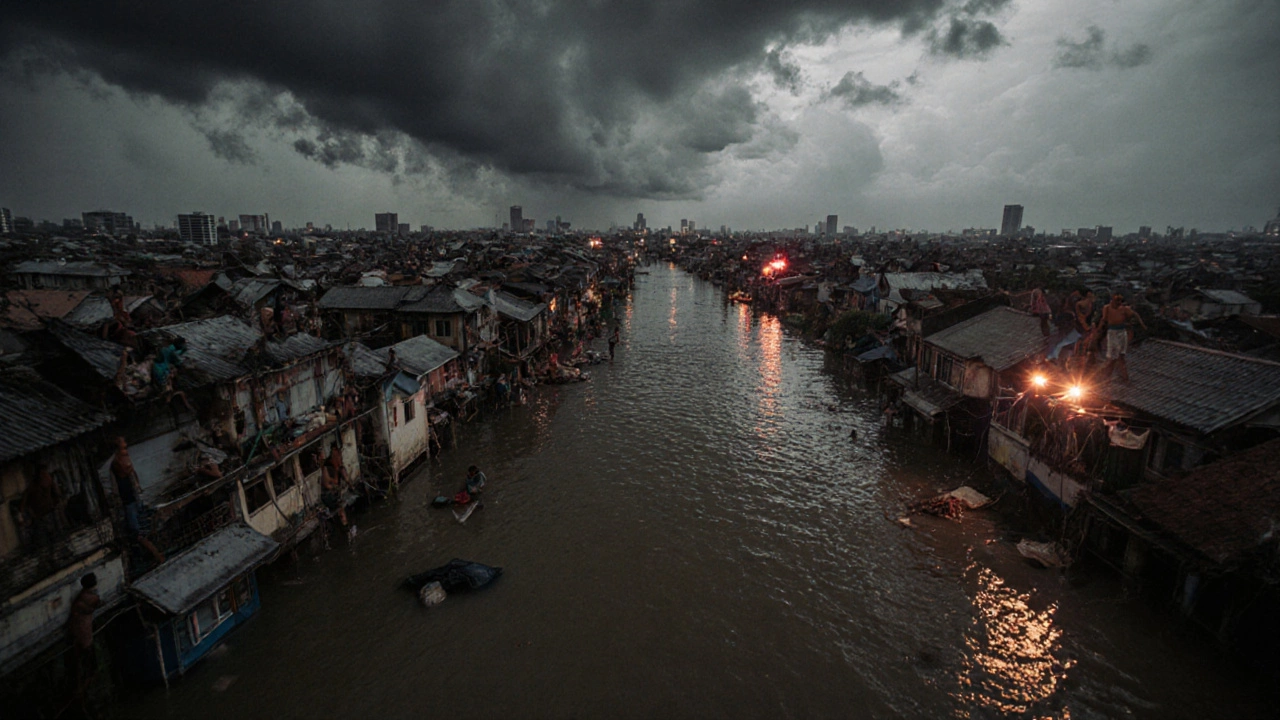
Environmental groups are sounding the alarm
Organizations like the Intergovernmental Panel on Climate Change (IPCC), Greenpeace, and 350.org have been warning for decades. The IPCC’s 2023 report stated that we’re on track to surpass 1.5°C of warming by 2030-just five years from now. That’s the threshold scientists say will make climate impacts irreversible. Beyond that, we risk triggering feedback loops: melting permafrost releasing methane, Amazon rainforest turning into savanna, Arctic ice vanishing and absorbing more heat instead of reflecting it.
These groups aren’t just talking. They’re mapping the data. They’re suing governments. They’re organizing global strikes. In New Zealand, where I live, local groups like Climate Action Wellington have pushed the government to ban new fossil fuel exploration. They’ve won court cases forcing the state to consider climate risks in every major infrastructure decision. Their work isn’t about politics. It’s about survival.
Why other threats don’t compare
Some argue that nuclear war is the greatest danger. But nuclear weapons have never been used since 1945. The risk is real-but it’s a single event. Climate change is ongoing. Every year, it gets worse. Others point to AI or biotech. But those are tools. They can help or harm. Climate change is a force of nature, amplified by human activity, and it’s already killing people every day.
Even pandemics like COVID-19, while devastating, were temporary. Climate change doesn’t have a vaccine. There’s no cure. The only solution is to stop burning fossil fuels, protect forests, and rebuild our food and energy systems. And we’re running out of time.
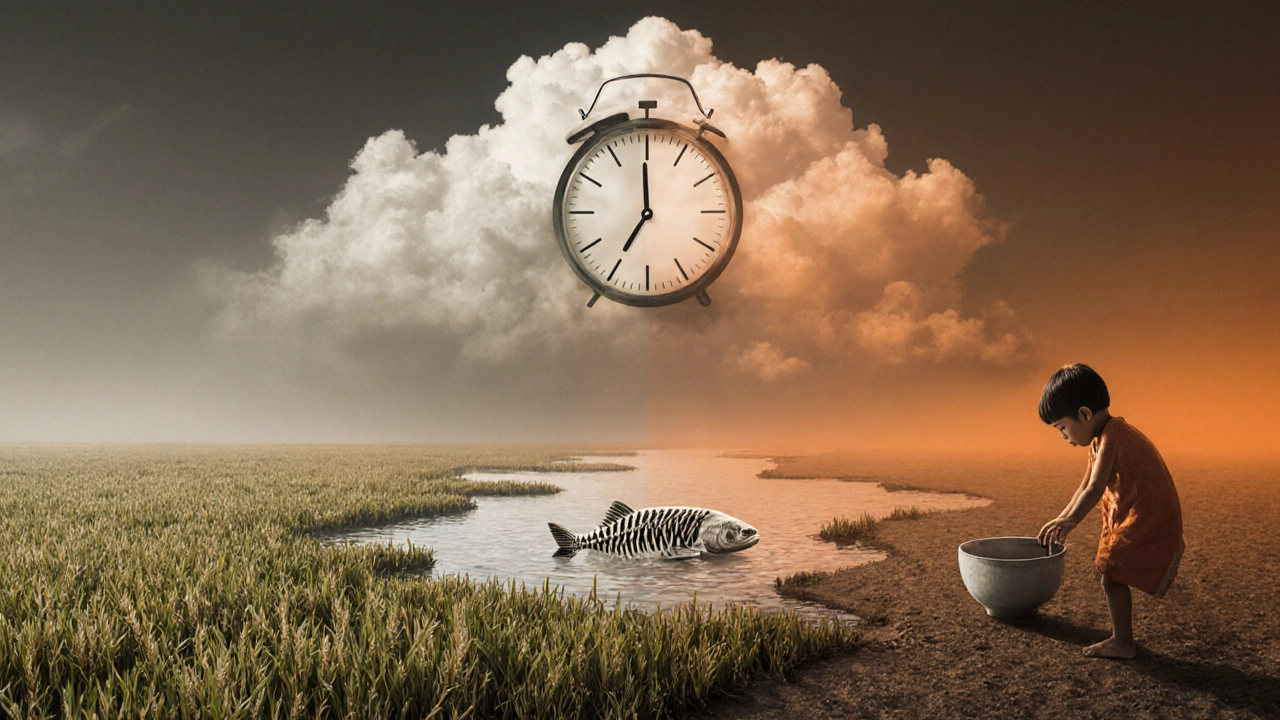
What can actually be done?
It’s not too late-but it’s getting close. The key is action at every level:
- Individuals: Cut meat consumption. Use public transport. Support renewable energy. Reduce waste. These aren’t perfect fixes, but they shift demand and send a message.
- Communities: Plant trees. Build community gardens. Push for bike lanes and solar panels on public buildings. Local action creates momentum.
- Businesses: Stop funding fossil fuels. Invest in circular economies. Pay workers fairly so they can adapt to changing conditions.
- Governments: End fossil fuel subsidies. Enforce emissions limits. Protect natural carbon sinks like wetlands and mangroves. Fund climate adaptation in poor countries.
There’s no single hero here. No one person can stop climate change. But millions of small actions, backed by policy, can. The environmental groups leading this fight know that. They’re not waiting for permission. They’re building the future, one community, one law, one protest at a time.
What happens if we do nothing?
If we keep going like this, by 2100, global temperatures could rise by 4°C or more. That means:
- Coastal cities like Miami, Jakarta, and Mumbai submerged under water.
- Large parts of the Middle East and South Asia becoming uninhabitable during summer.
- Mass starvation from crop failures and fishery collapse.
- Conflicts over water and land escalating into regional wars.
The World Bank says over 200 million people could be forced to migrate by 2050 because of climate change. That’s not a prediction. It’s a projection based on current trends. And it’s avoidable-if we act now.
Is climate change really the deadliest threat to humans?
Yes. While wars, pandemics, and accidents kill people quickly, climate change kills more over time. It’s responsible for over 50,000 deaths annually from heat, floods, and food shortages, and it’s accelerating. Unlike other threats, it doesn’t stop. It gets worse every year.
How do environmental groups help fight climate change?
Environmental groups collect data, raise awareness, pressure governments, and support communities. They sue polluters, organize protests, and push for laws that cut emissions. Groups like Greenpeace and 350.org have helped shut down coal plants and stop oil drilling. They also help people adapt-like teaching farmers how to grow drought-resistant crops.
Can one person really make a difference?
Yes. One person can’t fix the whole system, but they can change the direction of it. Choosing renewable energy, eating less meat, or voting for climate-focused leaders adds up. When millions do it, businesses and politicians respond. The 2021 climate protests in Europe, led by young people, pushed Germany to accelerate its coal phaseout.
Why isn’t climate change talked about more like a crisis?
Because it’s slow. People don’t react to gradual changes. A child who grows up with hotter summers doesn’t know it’s abnormal. Media focuses on dramatic events, not long-term trends. But the data doesn’t lie: climate-related deaths have doubled since 1990. The crisis isn’t coming. It’s already here.
Is it too late to stop the worst effects?
No. We can’t undo what’s already happened, but we can prevent the worst. If we cut global emissions in half by 2030 and reach net zero by 2050, we can limit warming to 1.5°C. That’s still dangerous, but survivable. The difference between 1.5°C and 2.5°C is millions of lives.
What’s next?
The next five years are critical. Every ton of CO2 we avoid emitting now saves lives later. If you’re reading this, you’re already part of the solution. Talk about it. Vote for leaders who take climate change seriously. Support local environmental groups. Don’t wait for someone else to fix it. The deadliest threat to humans isn’t a monster. It’s silence.
